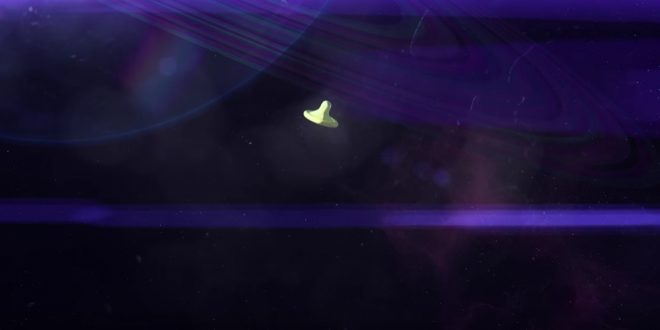The Swedish Association for Sexuality Education has released a PSA asking NASA to rocket some condoms to space.
Today it’s World Contraception Day – A day dedicated to contraceptives that give humans the option to decide if and when to have kids, one of the most important decisions a person can make. The condom might look simple, but it is the single contraceptive that offers protection against both unplanned pregnancies and sexually transmitted infections. It is also the only contraceptive available for men.
More than 225 million people still lack contraceptives worldwide. The shortage is closely interlinked with poverty, norms surrounding sexuality and lack of political efforts. Every year almost 300.000 girls and women die due to complications related to pregnancy, delivery or unsafe abortions. More than 1.000.000 humans die from AIDS-related illnesses annually.
Access to contraceptives, on the other hand, is closely linked to greater gender equality, educational attainment and even economic development. When more people get to decide if and when to have children, they stay in school, their economy improves and they give birth later in life with less health risks.
Officials from the organization say they want people to be prepared in case aliens come to earth and find “some hot earthlings,” which doesn’t even make us feel uncomfortable in the slightest.
Let’s send a condom to space!
Agencies/Canadajournal
 Canada Journal – News of the World Articles and videos to bring you the biggest Canadian news stories from across the country every day
Canada Journal – News of the World Articles and videos to bring you the biggest Canadian news stories from across the country every day



